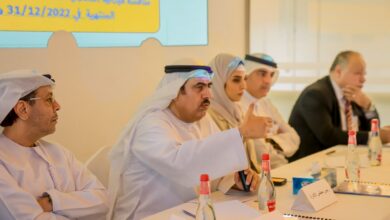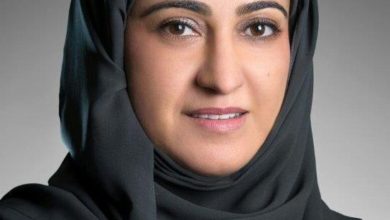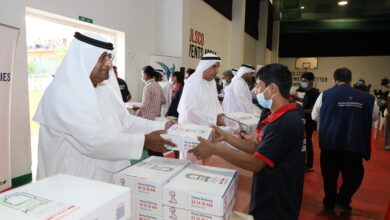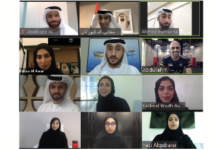
MoHAP sheds light on ‘linkage of national ambulance services with emergency departments’ initiative
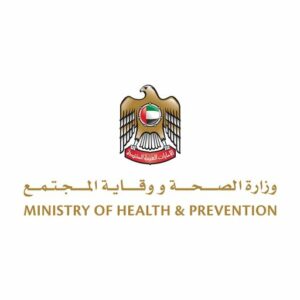
Dubai UAE
Sallam Sallam
The Ministry of Health and Prevention, MoHAP, shed light on its initiative on linking the National Ambulance with hospital emergency departments to have instant and effective access to patient’s data and records and to activate the early warning system. The new initiative would help reduce waiting times and provide on-time treatment services, with the optimal use of resources.
This was reported on the sidelines of MoHAP’s participation in GITEX Technology Week 2020, which is being held at the Dubai World Trade Centre from 6 to 10 December 2020.
The Smart Ambulance model is available at the MoHAP stand, where visitors can learn more about the smart connectivity between the ambulance and emergency departments, as well as the car’s sophisticated equipment and smart devices to facilitate the transportation of patients and their reception in hospitals after providing patient’s vital signs and automating all operations related to locating the patient.
Leveraging digital innovations
His Excellency Dr. Youssif Al Serkal, Director-General of the Emirates Health Services Corporation, said: “MoHAP has long attached special importance to the use of innovations and proactive solutions, as well as the modern methods that enable the ministry to better serve the society and to leverage innovative technologies, such as the AI and Internet of Things (IoT) in the healthcare system.
This in line with MoHAP’s strategy to provide treatment services promptly and with the optimal use of resources and to build quality and safety for therapeutic, healthcare systems according to international standards, as well as in keeping with the UAE Centennial 2071 aimed at reinforcing the UAE’s status among the world’s best countries.
Positive outcomes
Dr. Kalthoum Al Baloushi, Director of MoHAP’s Hospitals Administration, said: “As a first stage, the initiative has been implemented at Al-Qassimi Hospital and it will be carried out in all hospitals by the end of this year.”
Al Baloushi stressed that the project has produced positive results in terms of speeding up and facilitating the transfer of ambulance-related patient information to the ‘Wareed’ system, and then sending the patient’s vital signs to the emergency department. In this way, the patient arrives at the hospital, with all the procedures required to provide on-time treatment have been carried out.

